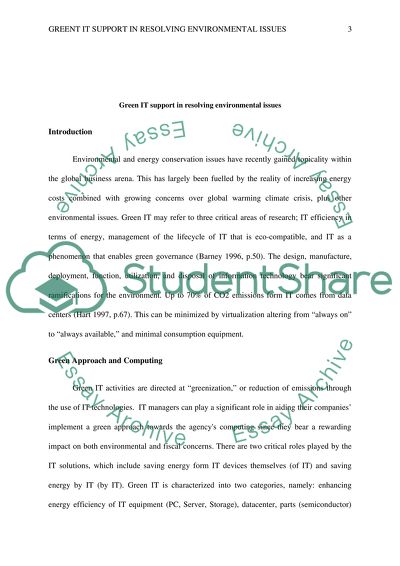Cite this document
(“Green IT support in resolving environmental issues Research Paper”, n.d.)
Green IT support in resolving environmental issues Research Paper. Retrieved from https://studentshare.org/information-technology/1402621-educational-industries-shifting-to-green-it
Green IT support in resolving environmental issues Research Paper. Retrieved from https://studentshare.org/information-technology/1402621-educational-industries-shifting-to-green-it
(Green IT Support in Resolving Environmental Issues Research Paper)
Green IT Support in Resolving Environmental Issues Research Paper. https://studentshare.org/information-technology/1402621-educational-industries-shifting-to-green-it.
Green IT Support in Resolving Environmental Issues Research Paper. https://studentshare.org/information-technology/1402621-educational-industries-shifting-to-green-it.
“Green IT Support in Resolving Environmental Issues Research Paper”, n.d. https://studentshare.org/information-technology/1402621-educational-industries-shifting-to-green-it.


